Last Updated on June 29, 2022 by Rebecca Huff
Post sponsor Pyure Organic
Do You Know How Much Sugar Is In That – A Realistic Look at Hidden Sugars
Two of the best things anyone can do for their health are eating more vegetables and eliminating, or at least drastically reducing sugars.
Most of us know that we need to limit our sugar intake, and we think we are doing a good job. Unfortunately, an enormous disparity exists between how we think we are doing and reality.
[Tweet “Knowing better is not the same as doing better!”]
According to this three-year study, abstract, less than 3% of Americans meet the criteria for living a healthy lifestyle. These biomarkers include:
- being sufficiently active
- eating a healthy diet
- being a nonsmoker
- having the recommended body fat percentage

It turns out that many people falsely believe they are eating a healthy diet due to a cognitive bias or information bias. We make erroneous judgments related to information we interpret from the world around us.
Most people base the overall impression of food on the information we have gathered either consciously or subconsciously. Messages we accumulate from commercials, other marketing or advertisements, as well as ideas passed down from our parents and other family members.
We cast a healthy light on everything based on this bias, just like a halo in a religious painting would shine it's light down on a heavenly being.
Marketers are highly aware of this cognitive bias and use it to their advantage.
For example, back in the 80's the buzz word to flip the bias switch on for health was “fat-free.” People all across America bought into this healthy halo effect.
Many of the products were “fat-free” but also contained corn syrup, invert sugar, hydrogenated vegetable oil, and hydrolyzed soy protein. Because fat-free was the buzzword, the Halo, many people mistakenly considered them part of a “healthy diet.”
A Healthy Halo effect is similar to information bias. Read more about how smart and healthy shoppers avoid health halos and implement these tips. Some of the following words flip the switch on a consumer's halo light to get them to purchase their products:
- gluten-free
- whole-grain
- fat-free
- natural
Another possible reason folks may mistakenly think they are eating healthier than they are is “optimism bias.” We overestimate our healthy eating.
You may have experienced this around New Years; the goal is to “be healthier this year.” On day two, we feel like we are the healthiest person on earth, simply because we decided to implement healthier habits.
One example may go like this:
The person orders a salad for lunch because it is a healthy option, then eats ice cream at bedtime and considers it a “good day” of eating due to the lettuce. The optimism bias from eating the lettuce overrides the negative thoughts about all the sugar in the ice cream right before bedtime.
It's not just about the lettuce y'all!
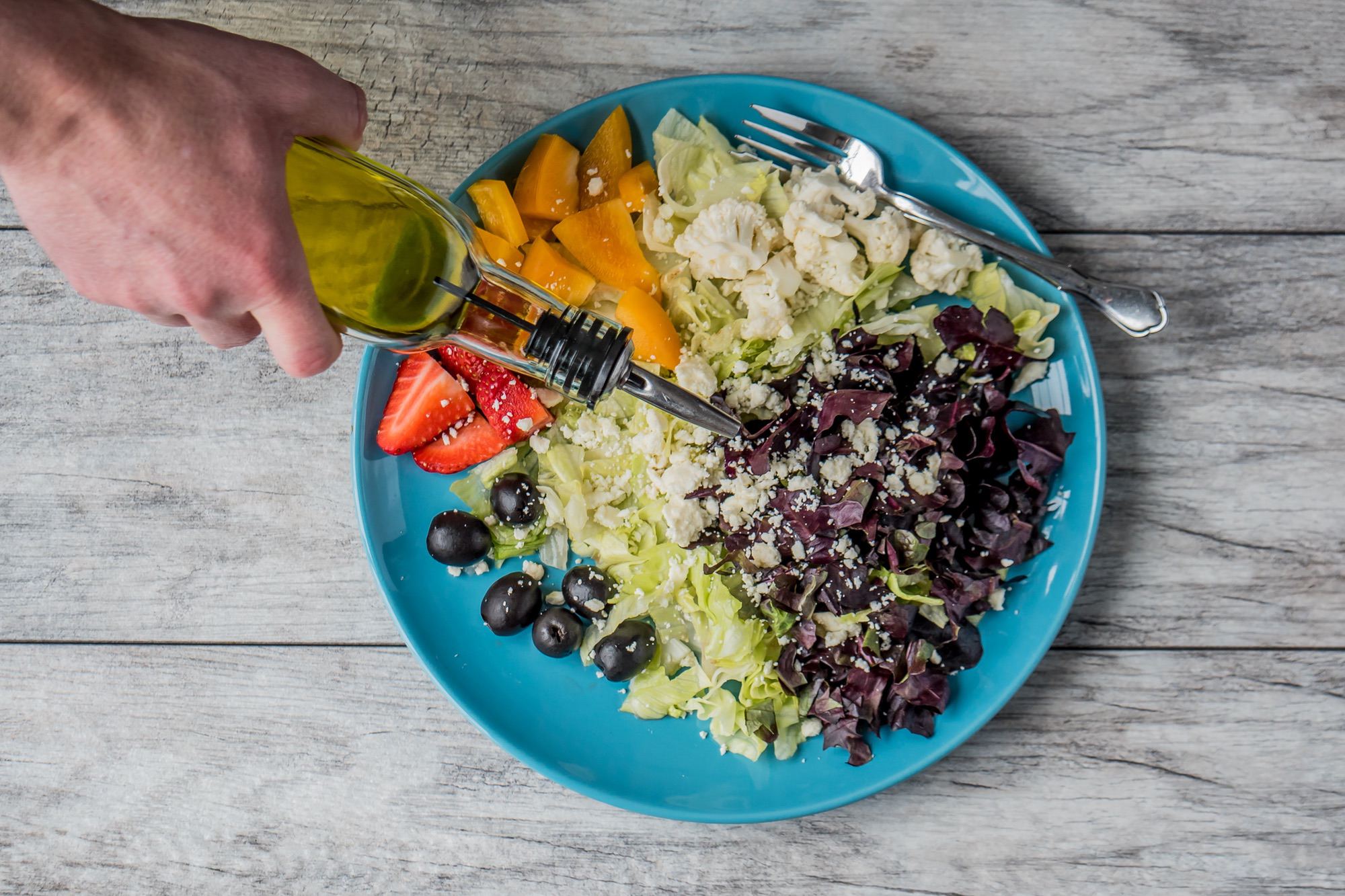
So, how can this be corrected?
If you think you may be experiencing a healthy halo effect, the best thing to do is keep a food journal for a week. Write down everything you eat and drink and note the sugar content in the serving size you consume. It's that simple.
Writing it down may be simple, but going on a scavenger hunt for sugar may not be as straightforward.
Indeed, it's not easy to find all the sugars because they can be hiding under an alias! Here are a few ways sugar tries to go incognito:
- glucose syrup
- invert sugar
- cane juice
- palm sugar
- high fructose corn syrup
- agave nectar
- demerara sugar
- cane juice crystals
- honey
- muscovado
- sorghum
- and lots more
Learn to read a nutrition label accurately for the best results.
So how much sugar is in some of the foods we eat?
Let's look at a few.
Flavored yogurt
One of the problems with sweetened yogurt is that there are about 25-30 grams of sugar per serving, on average.
The American Heart Association (AHA) recommends limiting the amount of added sugars you consume to no more than half of your daily discretionary calorie allowance. For most American women, that’s no more than 100 calories per day or about 6 teaspoons of sugar. For men, it’s 150 calories per day or about 9 teaspoons.
Try Plain Yogurt with berries and a swirl of Pyure Organic Sugar-Free Harmless Hunny, or Pyure Organic Sugar-Free Maple Flavored Syrup, or a couple of packets of Pyure Organic Stevia.
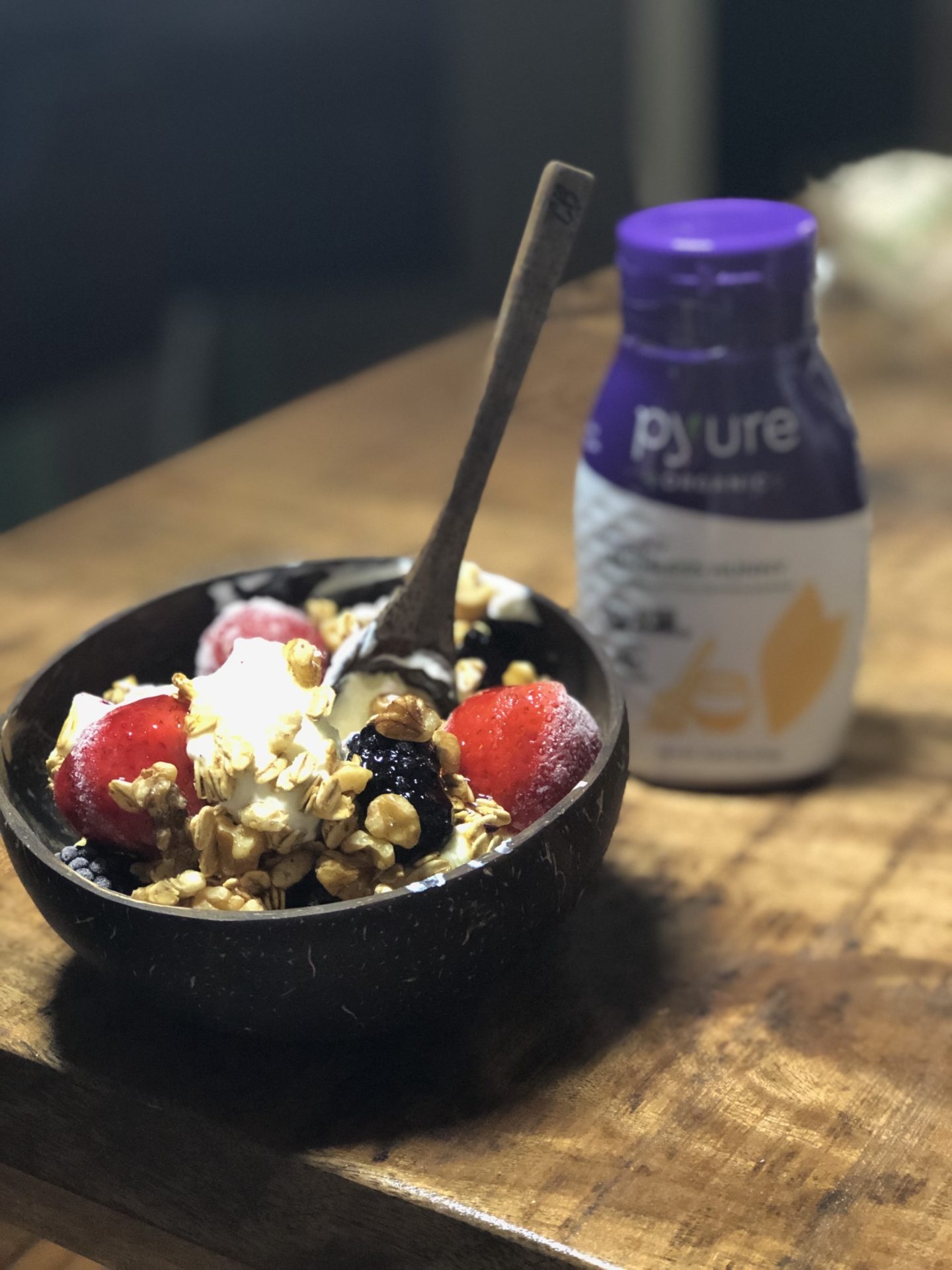
Salad with bottled dressing
One popular bottled ranch dressing lists sugar as the 4th ingredient, right after soybean oil, water, and egg yolk. How about Avocado Ranch Dressing with zero added sugar and only 2 grams of carbs per serving instead?
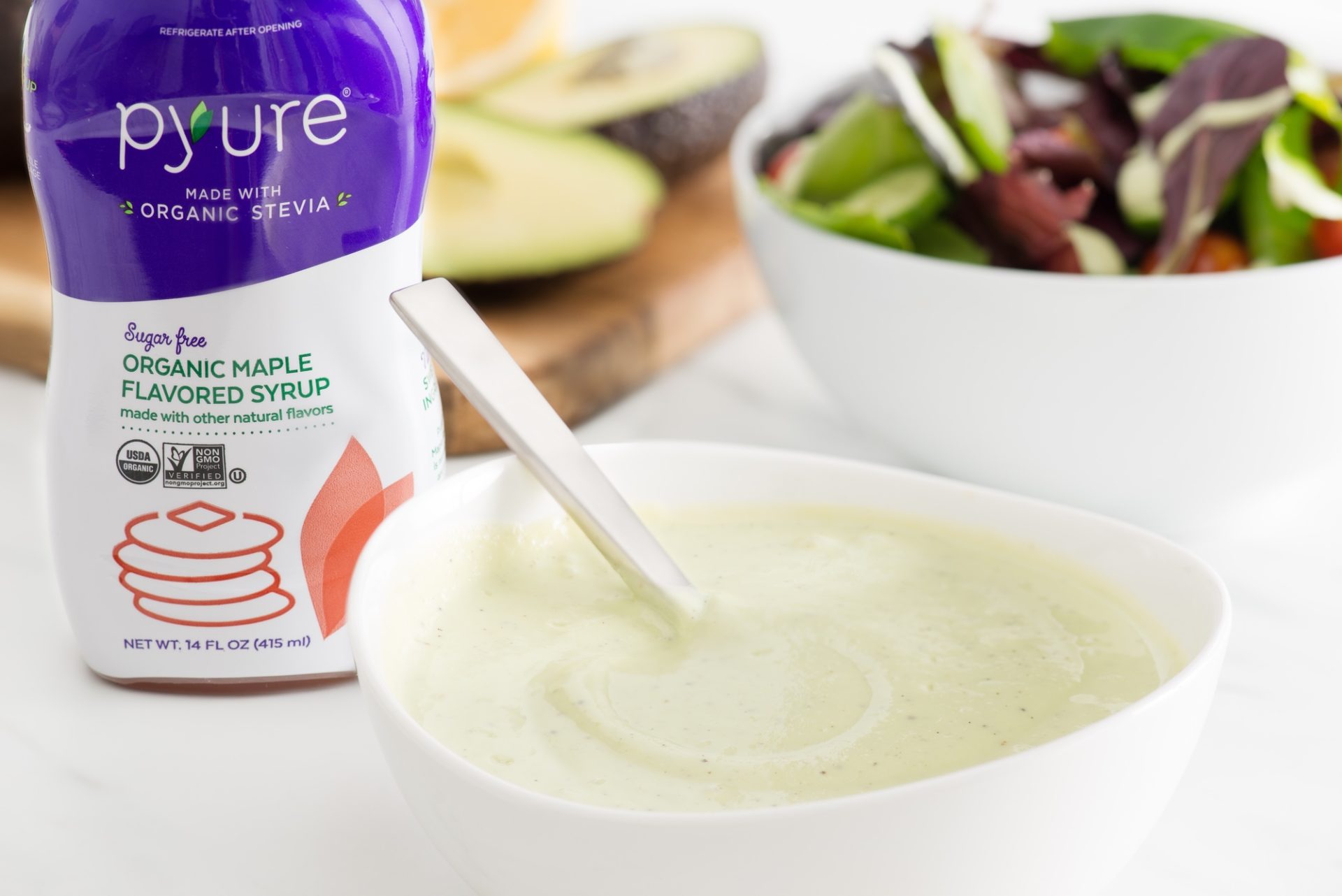
Salad dressing can be very tricky. Always check the labels on the back to see how many grams of sugar per serving. It's important to note the serving size, which is often two tablespoons. If you are pouring on a quarter cup of salad dressing, you'll need to multiply!
Another salad dressing that is super easy to make at home is Maple Mustard Vinaigrette.
You wouldn't expect to find sugar in a can of tomato soup, right? Think again! One can of tomato soup has 30 grams of sugar. Of course, the back of the can says 12 grams of sugar per serving, but there are 2.5 servings per can. Most people consider one can a full-size meal. Besides, the sweetener is high fructose corn syrup. Try this tomato soup recipe with zero-sugar!
Fruit Popsicles
Fruit popsicles frequently contain 10% or less fruit, artificial colors, and a lot of added sugars. One fruit popsicle can have anywhere from 10 to 50 grams of added sugar!
Avoid all those extra calories and the spike in your blood sugar! Instead, try Tropical Splash Popsicles made with coconut water, fruit, and stevia instead. Not only are they beautiful, but they're also tasty!
How much sugar is in that? Avoid drinking calories!
Shockingly, 9 out of 10 Americans say they are eating a healthy diet, yet 43% of them are still drinking sugar either in coffee, tea, or soda daily.
A popular Coffee Shop Grande Caffè Mocha (16oz), contains a whopping 35 grams sugar. Oh, and you may not be aware, but some coffee shops add a few pumps of classic syrup to their iced black coffee to cut the bitterness. So if you are ordering “black coffee,” you might want to ask, “does this have any sweetener added?” or when you place your order say, “No syrup please, I'm sugar-free!”
Sugar in tea or coffee is entirely avoidable. Even if you enjoy sweetened coffee and tea, simply choose zero-calorie, sugar-free sweeteners. Try Pyure Organic Liquid Stevia Extract in original, vanilla, and chocolate flavors! They’re easy to carry along.
Tea and Lemonade
Because tea and lemons are healthy without sugar, many people mistakenly think drive-thru tea is a healthy beverage. Unfortunately, most sweetened teas contain a lot more added sugar than you think. A 16-ounce sweet tea or lemonade can have anywhere from 16 to 34 grams of sugar, depending on how many pumps you get.
Try this delicious Pink Lemonade Recipe or take the stevia drops I mentioned above.
Soda:
Another good option for sugar-free fizzy drinks is kombucha that tastes like root beer. You can find kombucha at many supermarkets these days.
Electrolyte Drinks and Sports drinks are notorious for tipping the scales when it comes to sugar content. The average bottle of electrolyte drink has around 36 grams of sugar. The first and second ingredients are sugar. Most sports drinks are also full of propylene glycol and food colorings. Is that really how you want to hydrate?
Nothing beats water for keeping you hydrated, but when you need an electrolyte drink, you could consider making your own. It's not hard. Try making your own electrolyte drink.
Smoothies
Smoothies can be a healthy and delicious part of a balanced diet. Although, many, even those at some fitness centers, have a lot of added sugars. Making smoothies gives you control over the ingredients.
Especially for those of us watching our blood sugar levels or trying to follow a low-carb lifestyle, it's best not to overdo the fruit in a smoothie. It's easy to end up with a carb-heavy smoothie because we all like fruity sweetness. Instead of going overboard with fruit, try making smoothies sweeter with stevia.
Condiments
Condiments are one way that we tend to overdo the sugar. Many people who are avoiding sugar will forget to count the sugar content in the sauces they add to their healthy foods. Do you know how much sugar is in your ketchup and other condiments?
Honey Mustard
People tend to use more than one serving when it comes to condiments, especially Honey Mustard. That's because one teaspoon is not a lot, especially when you're eating your healthy homemade chicken fingers! Plain mustard typically has zero sugar; the problem is that most honey mustard has added sugars. It's not hard to make your own!
Mix equal parts of the following:
- Pyure Organic Sugar-Free Harmless Hunny
- Mayonnaise
- Dijon mustard.
Done.
Yes. It's that simple.
Another delicious sugar-free sauce you can make at home is my Asian Peanut Sauce. It’s just as tasty you get at your favorite Thai restaurant, but instead of sugar, it is sweetened with Pyure Organic Harmless Hunny.
Breakfast
Cereal manufacturers spend more money advertising to children than any other packaged food category. According to the FTC, manufacturers are willing to invest big bucks in obtaining the lower shelves in the grocery aisle where our sugar-loving children can see their products. Seeing is wanting, am I right? You know what happens next! “Can I have it, mom, please?” So look for brands that are healthier and lower in sugar or do what I do – skip the cereal aisle.
If you miss the crunch at breakfast, there are sugar-free ways to bring back the crunch.
Hopefully, you can see that living a sugar-free lifestyle doesn't mean that you have to do without the foods you love. Just make wiser choices.
Our goal is to show you how sweet life can be, even when you are sugar-free!

Pin this post

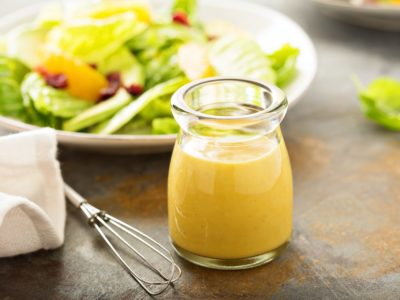
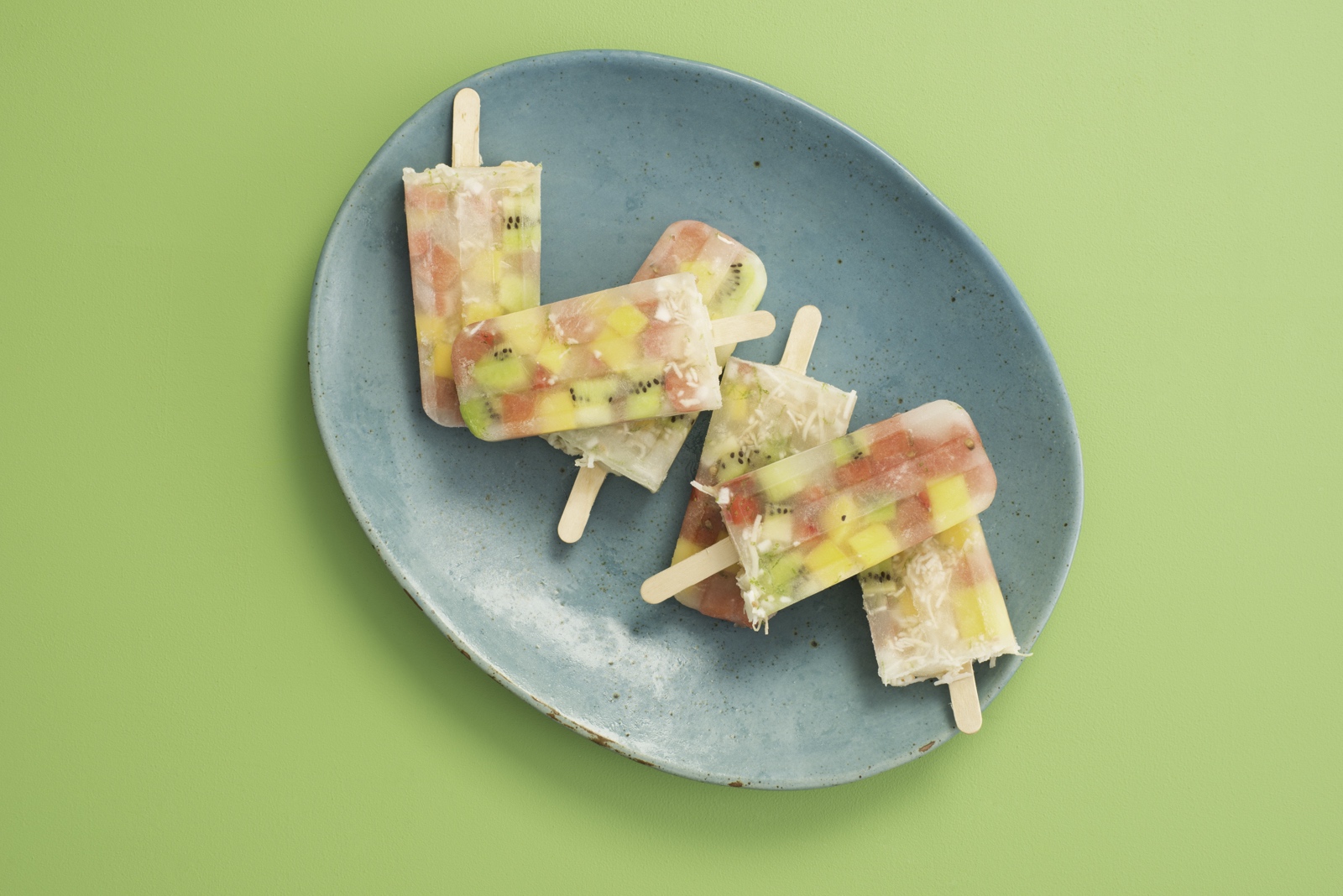
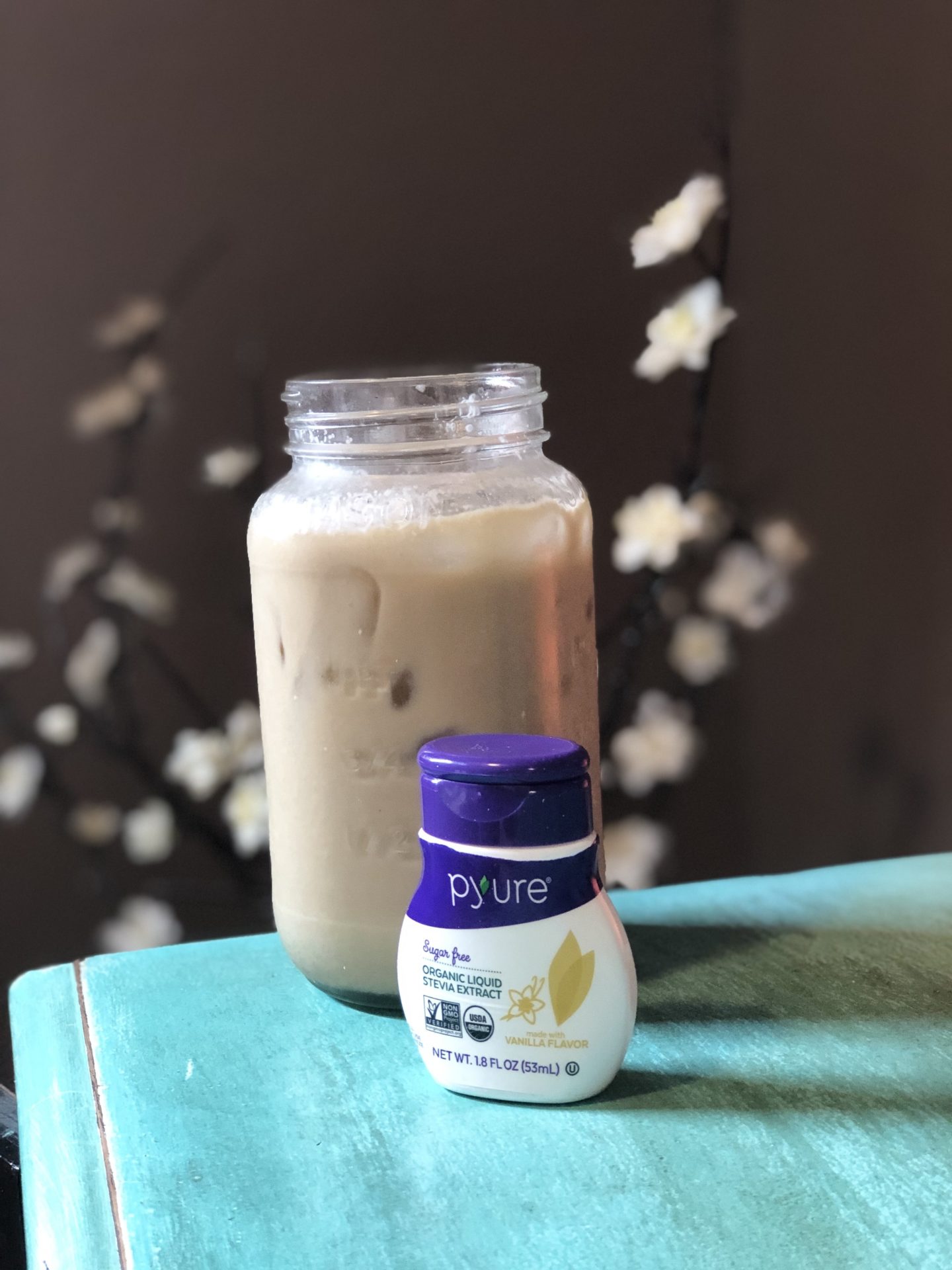
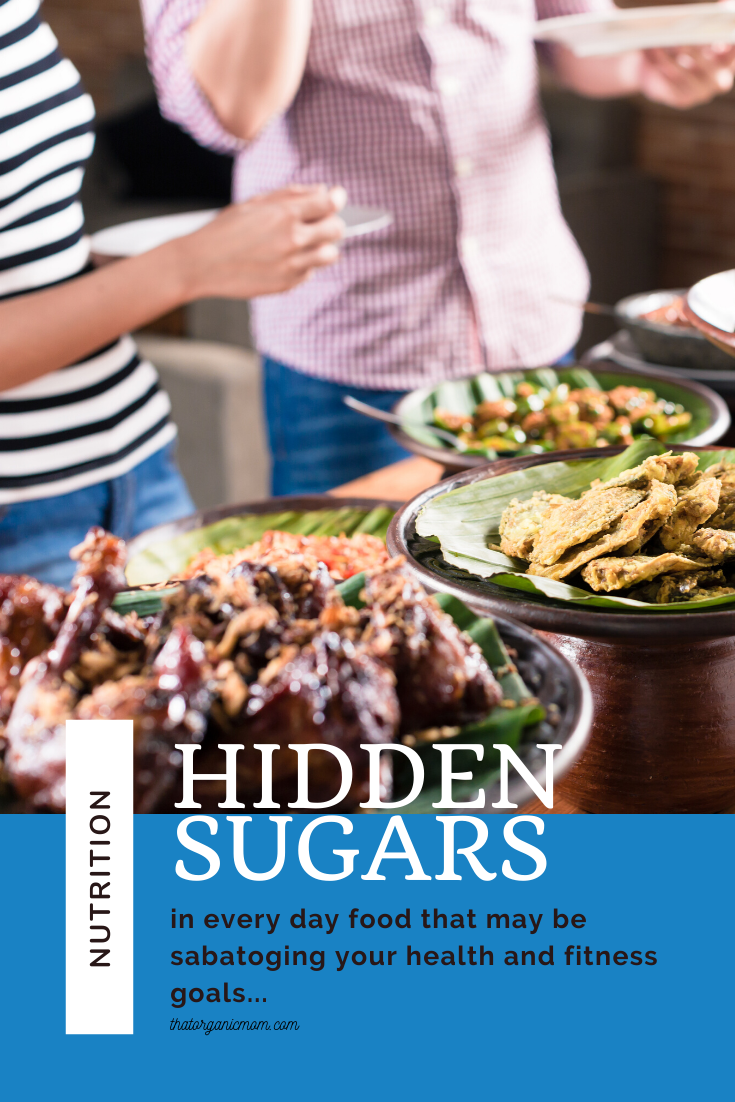
 Southwest Sweet Potato Hash with Lime Vinaigrette
Southwest Sweet Potato Hash with Lime Vinaigrette
Great information. I’m very leery of any “sugar substitutes” because of all of the artificial sweeteners that came out. So often you would here, “oh. This isn’t like X sweetener. It is natural” and then oh, no. It’s just another artificial sweetener. Grrr. So I have avoided stevia and erythritol, etc outbid confusion. It’s so hard to find reliable information in such a misinformation era.
I’m interested in any opinions on sugar substitutes that aren’t artificial that anyone wants to share!
Yes, there is a lot of misinformation out there. Thankfully, stevia is NOT an artificial sweetener: Pyure Stevia leaves are harvested from USDA Organic Certified and Non-GMO Project Verified crops, dried and then steeped in water, similar to steeping of tea. The liquid is filtered and separated from the plant material, then the extract is purified and dried to obtain high purity stevia leaf extract.
Erythritol is not an artificial sweetener either, it is a non-GMO sugar alcohol. I would recommend reading up the FAQ sectioin of Pyure’s website: https://pyureorganic.com/faq/
More fun recipes coming soon – you’re gonna wanna try them!